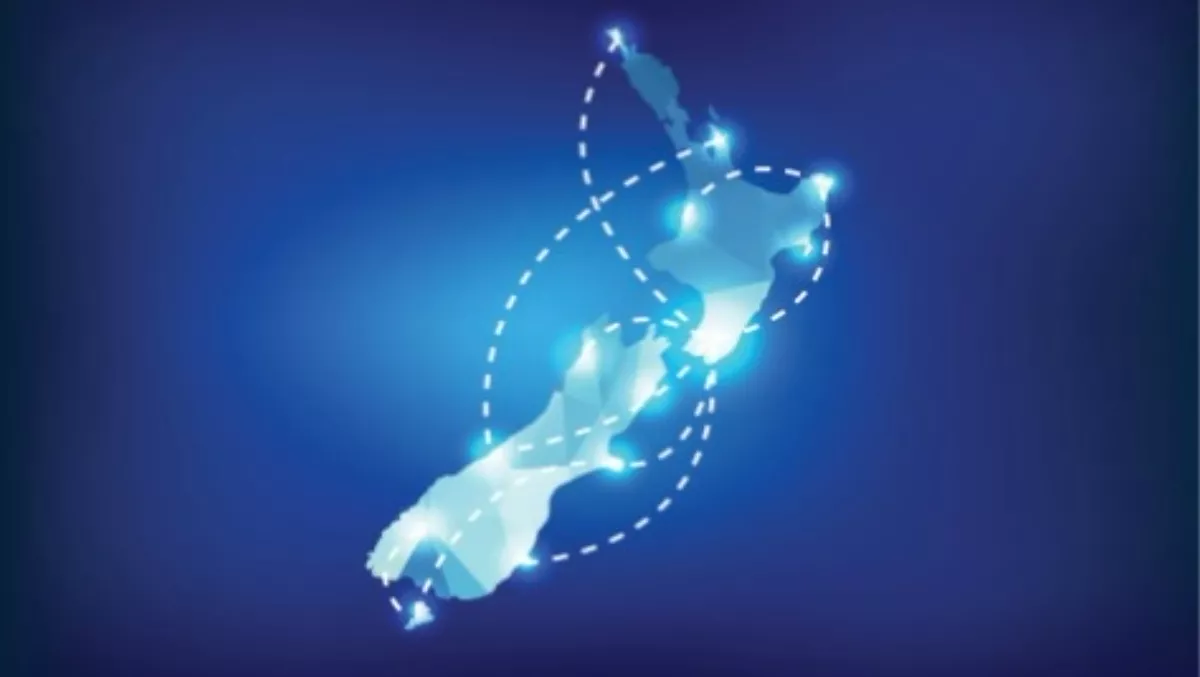
Spark challenges rivals with 4G offerings
Spark New Zealand has today announced it believes it is overtaking its rivals in respect of 4G mobile data services, after making rapid strides in its network build over recent months.
Spark New Zealand now has 4G mobile data services available in more than 70 cities, towns and other locations around New Zealand, covering roughly two-thirds of the population.
"Since we launched 4G just over a year ago, we've frankly been playing catch-up with our main competitor, who had a head start on us with their 4G build," says David Havercroft, chief operating officer, Spark Connect.
"We've now closed that gap. Based on our projected build over the next few months, we're confident that if we're not already in a leadership position in terms of coverage, we will be any time soon."
Havercroft says he believed the improving quality of 4G services over the Spark Network was also beginning to leave competitors behind, as the company rapidly rolls out 4G services throughout New Zealand utilising the 1800MHz and newly-acquired 700MHz spectrum bands, as well as the introduction of Carrier Aggregation into Auckland.
"A quality mobile data network is crucial to New Zealand's economic growth, and as New Zealand's digital services company we are determined to deliver the best. We are forging a leadership position on 4G and the Spark Network is only going to keep getting better in the coming months.
Spark New Zealand is also surging ahead when it comes to building 4G coverage over the 700MHz spectrum band – which is crucial for providing mobile data coverage in rural areas.
"The lower the radio spectrum frequency, the further its signal travels – which means in rural areas with low populations the 700MHz spectrum band is ideal because it can deliver great coverage from fewer cell sites. It will allow us to bring high-speed mobile broadband coverage to communities where previously it would have been uneconomic," Havercroft says.
A 700 MHz cell site covers an area four to six times greater, and provides more effective coverage within buildings, than an equivalent 1800 MHz cell site delivering 4G services.
Spark New Zealand launched commercial 4G services over 700MHz in August, with an initial focus in the Waikato region. The 700 MHz rollout will be a key focus of the company's mobile network improvements through 2015.
Earlier this year, Spark New Zealand invested $158 million – more than double its competitors – to acquire the maximum amount of 700MHz radio spectrum as part of a Government auction process.
Havercroft said Spark New Zealand was also investing in new 4G technologies that will drive improved experiences for mobile customers using the Spark Network.
"All of our 4G cell sites are 'category 4' capable, which means they can give speeds up to 50% faster than other 4G cell sites," he says. "We have also installed a technology called "Carrier Aggregation" on some of our cell sites in Auckland, with plans to roll it out further over time - this essentially doubles data speeds, by using two spectrum bands at the same time.
"It's about future proofing," Havercroft continues. "As our customers upgrade to newer and more sophisticated devices that can capitalise on these new 4G technologies – and we know the average high end mobile device owner now upgrades their device every 18 months or so – they are going to notice a big improvement in speeds on the Spark Network.
Havercroft says the partnership with global technology company Huawei, which has more than 70,000 staff worldwide focused just on research and development, was giving the Spark Network a competitive edge. Last month, Spark New Zealand and Huawei signed a memorandum of understanding to collaborate further on ways to underpin New Zealand's mobile future.
The demand on New Zealand's mobile networks has accelerated over the past few years, with around 70% of New Zealanders now owning a data-capable smartphone.
Spark New Zealand currently provides 3G mobile services to approximately 97% of populated areas across the country and Havercroft says he expects 4G coverage would grow over time to similar levels.


